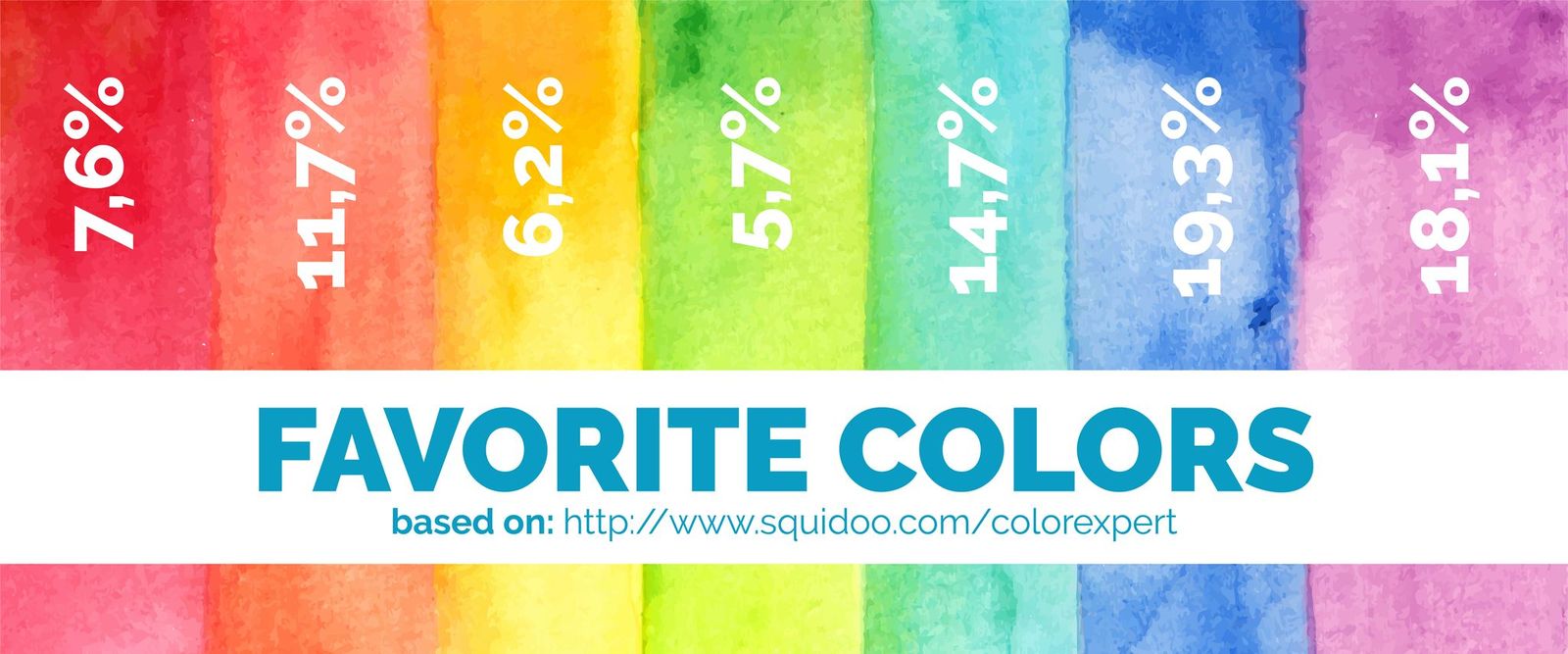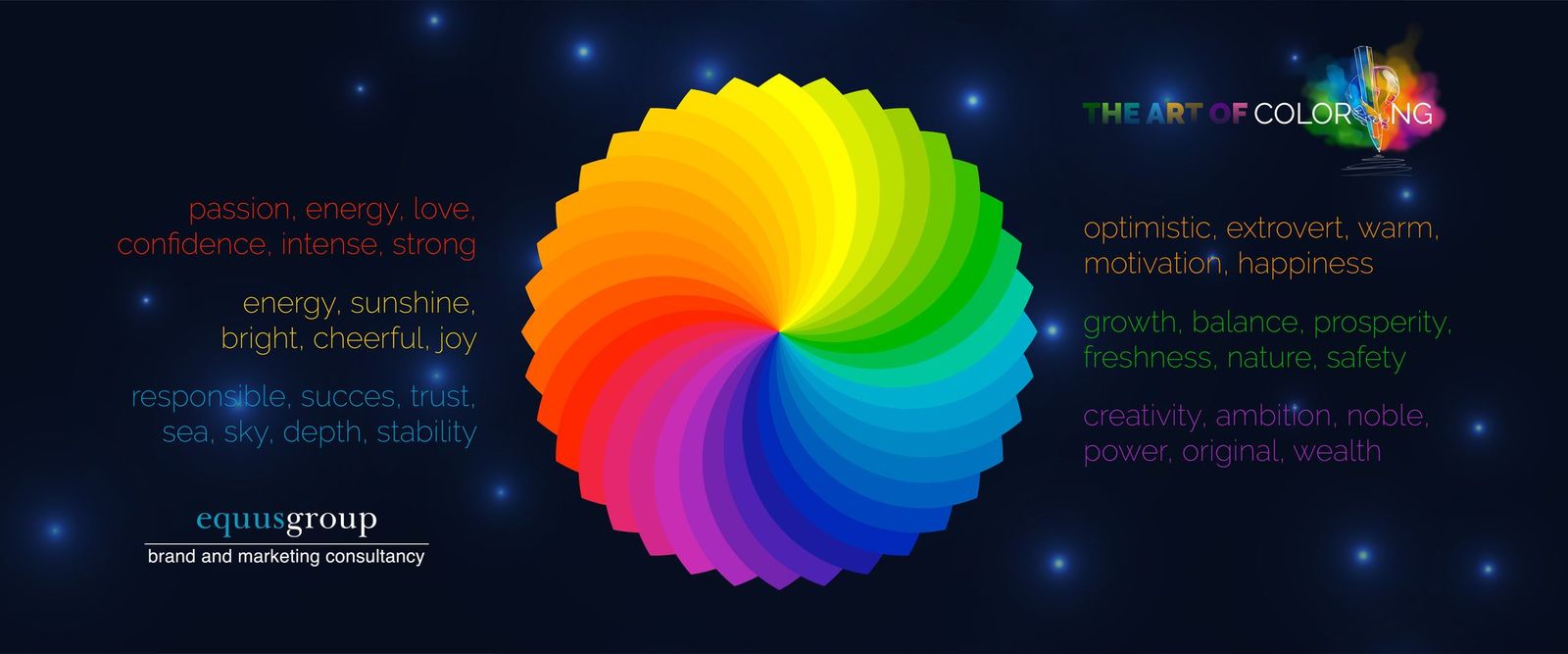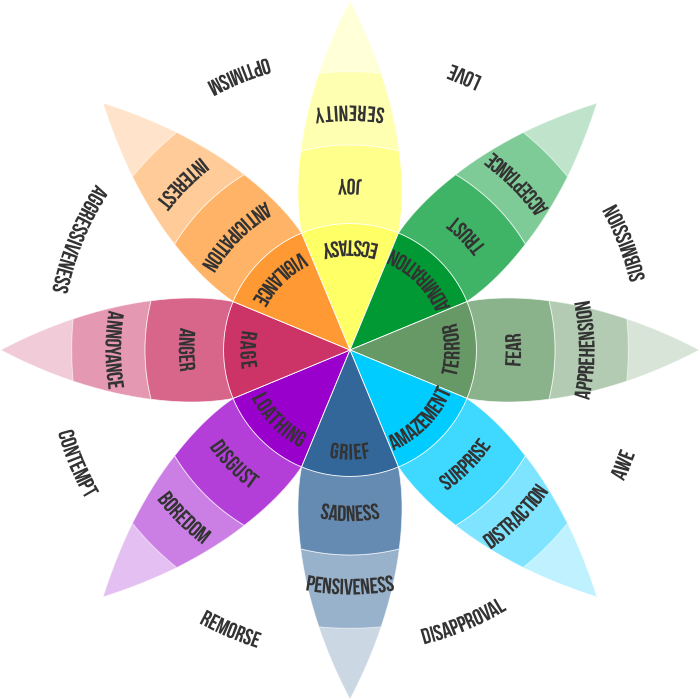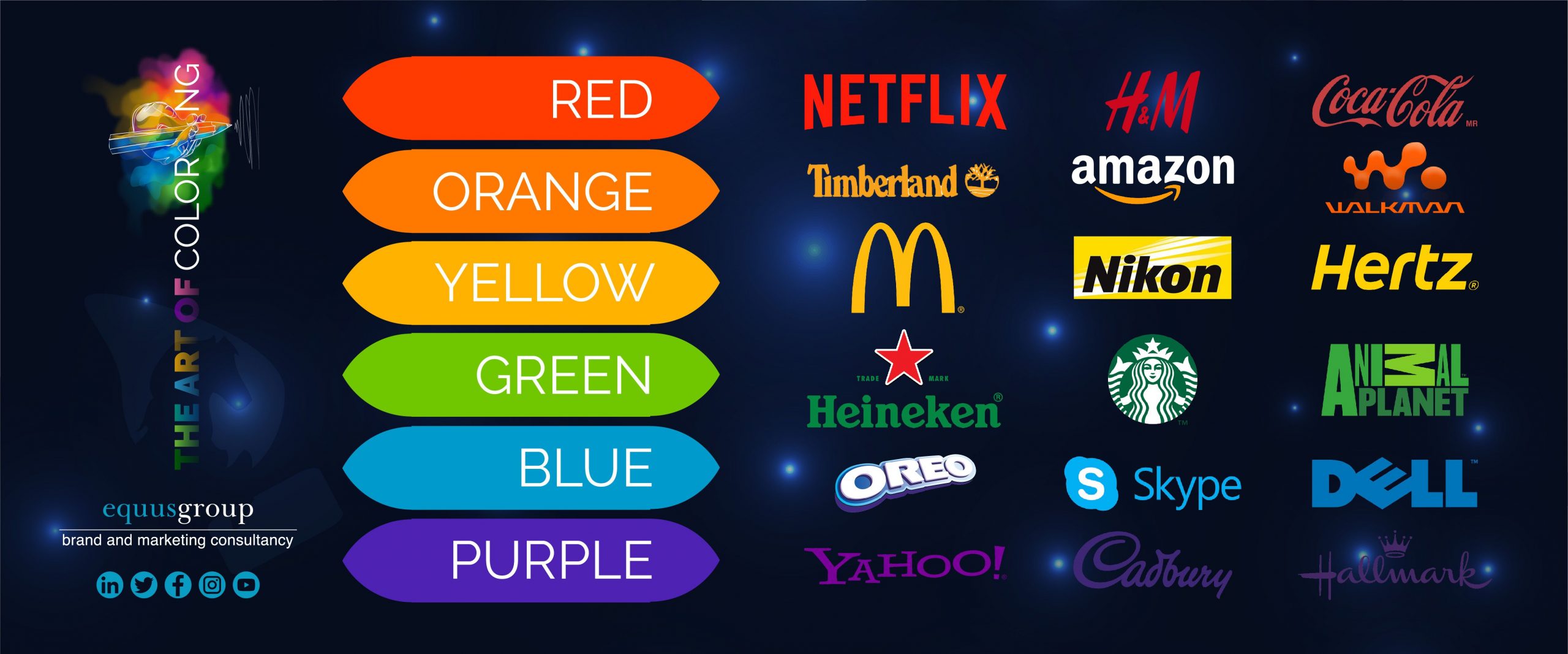“If a good color sells, the right color sells better.”
Such a significant number of individuals use overt and accent colors in their internet advertising and website design without completely understanding its effect and how it can develop their business and can prompt expanded lead age and deals. The brain science of color is regularly a subject of difference in promoting and website design since color inclination fluctuates broadly between people. Colors sway everybody. It doesn’t make a difference whether you’re creating programming or planning a web-based social networking pennant, colors characterize disposition, impact reactions, and make positive or negative client experience.

Recall that understanding color brain science doesn’t imply that you can control or beguile clients into purchasing what they don’t need or want. Rather, the color theory proposes you can build up an edge over your competition, letting you pass on your message successfully, address the needs of your intended interest group, and construct your image.
At the point when you comprehend color brain science, you can utilize that information to help your conversion rate. The brain science of color theory allows you to anticipate how your clients react to your advertising messages, based on the color of your copy, CTA buttons, and links.
On the off chance that you run over an article that declares a specific color is “ideal,” remember that no specific color works best for each campaign. For instance, numerous individuals for their most loved and most wonderful colors consistently pick the color of the sky. Envision now, that you are being overpowered with this color throughout the day because everybody loves it and the theory of colors would need you to pick a similar color obviously. At that point, all blue world gets one and undetectable to the likely client, and that one banner in various colors turns into the one which “call to action”. You should always test various opportunities for yourself.
We suggest:
- planning the test period to experiment with different color combinations produce marketing material,
- experiment with pure color, an accent color, or various background colors, contrasting font and combinations
- analyze the client experience
- choose the best color combinations with the best user experience
The color theory is both art and science. Whether your customers are aware of it or not, colors affect their decision-making processes. The color theory can be used to communicate value, as well as to sell an item. Persuading a customer to take any specific action depends on several elements, of course, but the color is one of the essential segments of your own image.
The center advantages of careful color choice in branding include:
Clearness of direction: Your website design or brand voice will be made stronger through the correct color scheme. Until you know and communicate in the language that your prospects speak, your item may become mixed up in an ocean of rivalry, regardless of how significant or successful it might be.
Initial impressions: You make just a single first connection. But, the careful use of colors to make that initial impression can enrapture first-time visitors to your site, while at the same time nurturing and sustaining your devoted clients.
First impressions count for a lot – they’re rarely forgotten.
Whenever you make the most of the first opportunity, with the brilliant use of color, you can help email sign-up rates, motivate repeat customers and give individuals a motivation to tell others – regardless of what your specialty or industry is.
 Most people assume that a white background is always best, however that assumption isn’t correct. Even a subtle accent color can give tremendous rewards while improving the client experience. Influence is not a similar thing as pushy or deceptive control, nor is it a light “bump.” You need to adjust your approach, by first giving value and afterward reassuring your targeted audience to take advantage of that value. That is the incredible thing about color theory; it can affect your energy level, for better or worse. What is more, with expanded energy levels, you improve the user experience, thus accomplishing far and away superior outcomes for your business. Color can likewise influence the manner in which you direct your daily work activity, it can make people react in a specific way to your offers – or ignore them outright.
Most people assume that a white background is always best, however that assumption isn’t correct. Even a subtle accent color can give tremendous rewards while improving the client experience. Influence is not a similar thing as pushy or deceptive control, nor is it a light “bump.” You need to adjust your approach, by first giving value and afterward reassuring your targeted audience to take advantage of that value. That is the incredible thing about color theory; it can affect your energy level, for better or worse. What is more, with expanded energy levels, you improve the user experience, thus accomplishing far and away superior outcomes for your business. Color can likewise influence the manner in which you direct your daily work activity, it can make people react in a specific way to your offers – or ignore them outright.
Robert Plutchik’s well known “wheel of emotions” (1980’s) delineates how various shades of certain colors relate to variant emotional states. This outline and the theory that it portrays were planned for investigating the impact of colors on ordinary correspondences and client experience.
 EXAMPLE: Colors that are related to happiness, such as yellow, can expand an individual’s willingness to share the accompanying content.
EXAMPLE: Colors that are related to happiness, such as yellow, can expand an individual’s willingness to share the accompanying content.
Despite the fact that the psychology of color influences both male and female buyers, their particular responses can vary – once in a while for a wildly unique client experience. For instance, red makes urgency and builds heart rate. It’s additionally suggestive of aggression. Both warm and cool colors can be used to convince perusers and clients. In any case, you can discover incredible examples from well-known brands who have aced the craft of influence using colors all across the color wheel. You should also consider occasional color palettes for specific holidays and occasions since it improves the user experience.
CRO or conversion rate optimization in digital marketing is a procedure of expanding the level of end-clients, ie website guests. This procedure includes knowing how clients behave on the web, what activities they perform, and what keeps them from performing the activity. The objective is to accomplish the most ideal outcome and progress regardless of how strong the competition was. If, for instance, for every 1000 visitors, 10 of them subscribe to your site – the conversion rate is 1%, and optimization is the improvement of every component to accomplish better outcomes.
What is the role of color in optimizing the conversion rate?
Numerous B2B sites do not have clear calls-to-action. Having a clear CTA button with an engaging color can have a ton of effect on your conversion rate. The color red can inspire compelling emotions and trigger a feeling of desire in the user. What is more, we have just perceived how red is utilized to pass on enthusiasm and force. For your call-to-action, if you want perusers to experience that equivalent feeling of excitement and desire, possibly a red CTA button is the thing that you need.
Then again, perhaps yellow would work best for you. It places you in the “spotlight” and stands apart from each other component on the same page.
Everything still comes down to testing, if you want to determine the best colors for your website, product packaging, or landing page. If you’re not testing, you’re probably leaving money on the table.
A/B split testing can offer you direct responses rapidly. At the point when you become comfortable with A/B testing, you’ll soon discover that even a small change can have a mess of effect.
A/B testing (otherwise called split testing or segment testing) is a technique for looking at two adaptations of a website or application against one another to figure out which one is better. A/B testing is fundamentally an examination where users are shown two or more variants of a page aimlessly, and the factual analysis is used to figure out which variety is better for a specific conversion goal. In the A/B test, you take the screen of a web page or application and modify it to make another form of a similar page. This change can be as simple as a single title or button, or it tends to be a finished update of the page. At that point, half of your traffic is shown in the first form of the page (known as the control), and half is shown the altered rendition of the page (variety).
 A/B testing permits people, groups, and organizations to carefully change their user experience as they gather results information. Then again, they may end up being incorrect – their opinion of the best client experience for a specific goal can be refuted by an A/B test.
A/B testing permits people, groups, and organizations to carefully change their user experience as they gather results information. Then again, they may end up being incorrect – their opinion of the best client experience for a specific goal can be refuted by an A/B test.
Keep in mind, there is no ideal color for a particular emotional state. You can not precisely say “red is the best color for CTAs,” or that “green represents riches and profitability, which implies that you ought to consistently use it in those specialties.”
There is no one color rule – you simply need to try out choices for yourself.
Writes: Berina Mujčić